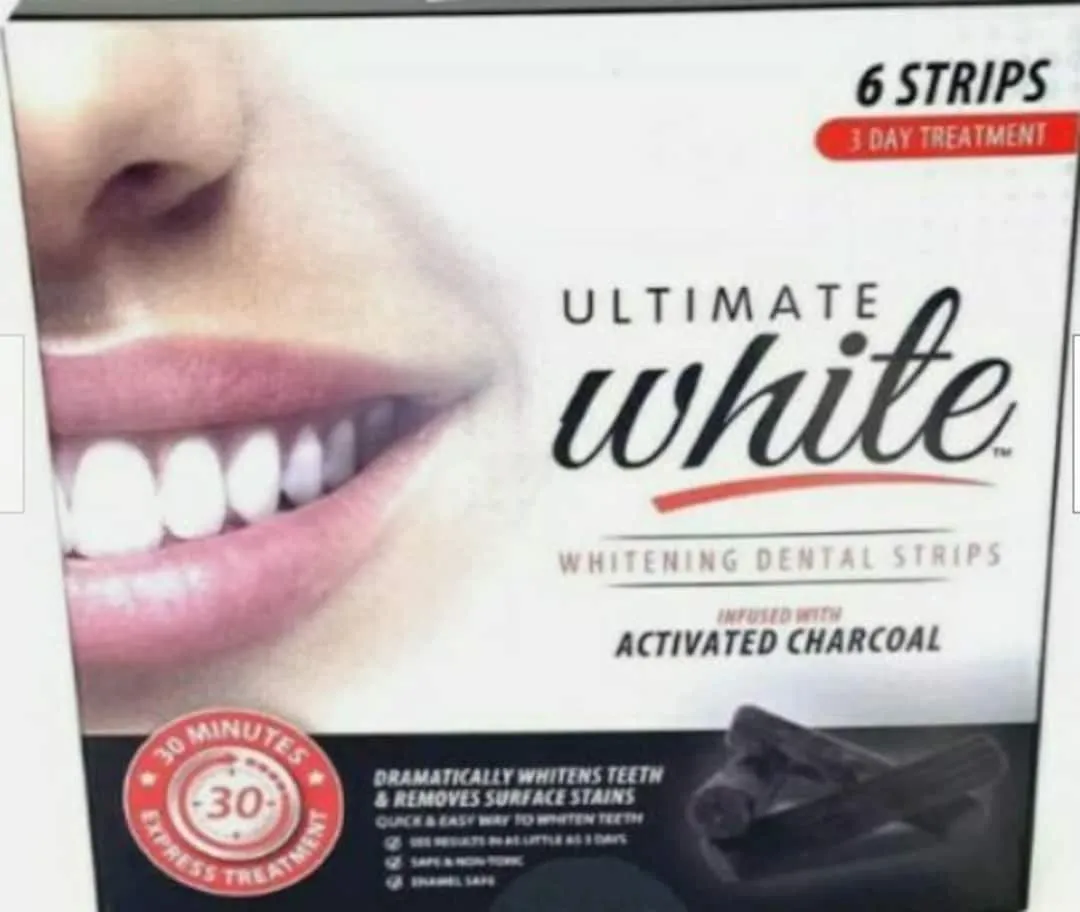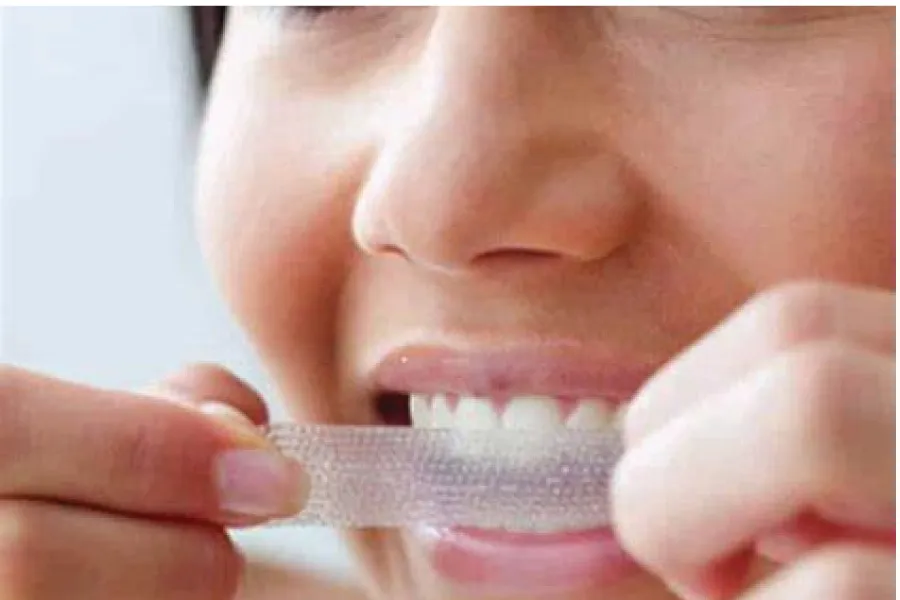Whitening Strips Top 5 Facts
Achieving a brighter, whiter smile is a common goal, and many people turn to over-the-counter products like whitening strips to achieve it. But how effective are these strips, and what should you know before using them? This article explores the top 5 facts about whitening strips, providing insights into their functionality, effectiveness, safety, and alternatives. Whether you’re considering whitening strips or simply curious about them, understanding these facts will help you make an informed decision about your oral care routine. Let’s dive into the world of teeth whitening and uncover the truths behind those convenient little strips.
Fact 1 What are Whitening Strips
Whitening strips are thin, flexible strips coated with a peroxide-based whitening agent, typically hydrogen peroxide or carbamide peroxide. These strips are designed to adhere to the surface of your teeth, providing a convenient and relatively inexpensive way to lighten tooth enamel. The active ingredient penetrates the enamel, breaking down stains and discoloration caused by food, drinks, and aging. The concentration of the active ingredient varies among different brands and formulations. Whitening strips are readily available at most drugstores and online, making them a popular choice for at-home teeth whitening. They offer a user-friendly experience with easy application and do not require professional supervision.
How Do Whitening Strips Work

The whitening process starts when the peroxide-based agent in the strip comes into contact with your teeth. This agent penetrates the enamel, the outer layer of your teeth, and breaks down stain molecules. These stains can result from various factors, including the consumption of coffee, tea, wine, and tobacco products. The active ingredient oxidizes these stain molecules, effectively lightening the color of your teeth. The duration of the treatment varies depending on the product, and the instructions usually involve applying the strips for a certain amount of time each day for a specified number of days. The effectiveness also depends on the initial shade of your teeth and the type and severity of the stains.
Fact 2 The Effectiveness of Whitening Strips
The effectiveness of whitening strips can vary from person to person. In general, whitening strips can be quite effective at removing surface stains and lightening teeth by a few shades. However, the results depend on several factors, including the type and severity of the stains, the concentration of the whitening agent in the strips, and the frequency and duration of use. For surface stains caused by common culprits like coffee, tea, and tobacco, whitening strips often yield noticeable results within a few days to a few weeks. Deeper stains or those caused by intrinsic factors, such as certain medications or dental issues, may be less responsive to whitening strips and may require professional treatments for more significant improvements.
Factors Influencing Effectiveness
Several factors influence how well whitening strips work. One of the most significant is the type of stains present. Surface stains, which affect the outer layer of the tooth, are usually easier to remove than intrinsic stains, which originate from within the tooth. The concentration of the active whitening agent, usually hydrogen peroxide or carbamide peroxide, also plays a crucial role. Higher concentrations may lead to faster results but can also increase the risk of side effects. Consistent and correct usage, as per the product instructions, is essential. Using the strips for a shorter duration or skipping days can reduce their effectiveness. Finally, individual differences in tooth enamel and the presence of dental work can also affect the outcome.
Fact 3 Safety and Side Effects

While whitening strips are generally considered safe, they can cause side effects in some individuals. The most common side effect is tooth sensitivity, which may manifest as a temporary discomfort when consuming hot or cold foods and drinks. This sensitivity usually resolves shortly after the treatment is complete. Gum irritation is another potential side effect, which can occur if the whitening agent comes into contact with the gum tissues. This may cause redness, swelling, or soreness. Always ensure that the strip is applied correctly, avoiding contact with the gums. It is also advisable to consult your dentist to ensure that whitening strips are a suitable option for your oral health condition.
Potential Risks and Considerations
Certain individuals should exercise caution or avoid using whitening strips altogether. People with sensitive teeth or existing gum problems may experience increased discomfort. Whitening strips do not work on dental work, such as fillings, crowns, or veneers, so these will not change color and may appear more noticeable after whitening. Pregnant or breastfeeding women are generally advised to consult with their dentist before using any teeth-whitening products. Always read and follow the instructions carefully, and discontinue use if you experience excessive sensitivity or irritation. It’s also important to note that prolonged or excessive use of whitening strips can damage tooth enamel.
Fact 4 How to Use Whitening Strips Correctly
For the best results and to minimize potential side effects, it is essential to use whitening strips correctly. Before applying the strips, brush your teeth gently to remove plaque and debris. However, avoid brushing immediately before use, as this may irritate the gums. Carefully peel the strips from their backing and apply them to your teeth, making sure to align them along the gumline. Press the strips gently to ensure they adhere properly to the teeth, and fold any excess strip behind the teeth. Follow the product instructions for the recommended wear time, which usually ranges from 30 minutes to an hour. Avoid eating, drinking, or smoking during the treatment period. After removing the strips, rinse your mouth with water to remove any remaining gel. The treatment should be applied daily, and results are usually visible in a few days.
Step by Step Guide

- Brush your teeth gently before application, but avoid brushing immediately before.
- Peel the strips from their backing.
- Apply the strips to your teeth, aligning them with the gumline.
- Press the strips gently to ensure they adhere.
- Fold any excess strip behind your teeth.
- Follow the product instructions for the recommended wear time.
- Avoid eating, drinking, or smoking during the treatment.
- After removing the strips, rinse your mouth with water.
Fact 5 Alternatives to Whitening Strips
While whitening strips are a popular option, various other teeth-whitening methods are available. Over-the-counter whitening toothpastes and mouthwashes contain mild abrasives or whitening agents that can help remove surface stains. Whitening gels and trays are another at-home option; these involve custom-fitted trays filled with a whitening gel, which is worn for a specified period. Professional teeth whitening, performed by a dentist, offers more potent whitening agents and can yield more dramatic results. Options include in-office bleaching and take-home kits provided by your dentist. The best alternative depends on your specific needs, desired results, and oral health condition, so consult your dentist to determine the most suitable method for you.
Other Teeth Whitening Options
- Whitening toothpastes and mouthwashes
- At-home whitening gels and trays
- Professional in-office teeth whitening
- Professional take-home whitening kits
Whitening strips can be an effective way to brighten your smile and remove surface stains. However, it is essential to understand how they work, their potential side effects, and how to use them correctly. Consider alternative whitening methods based on your needs and consult your dentist for personalized advice. Prioritizing your oral health and making informed choices will help you achieve a healthy, radiant smile.
